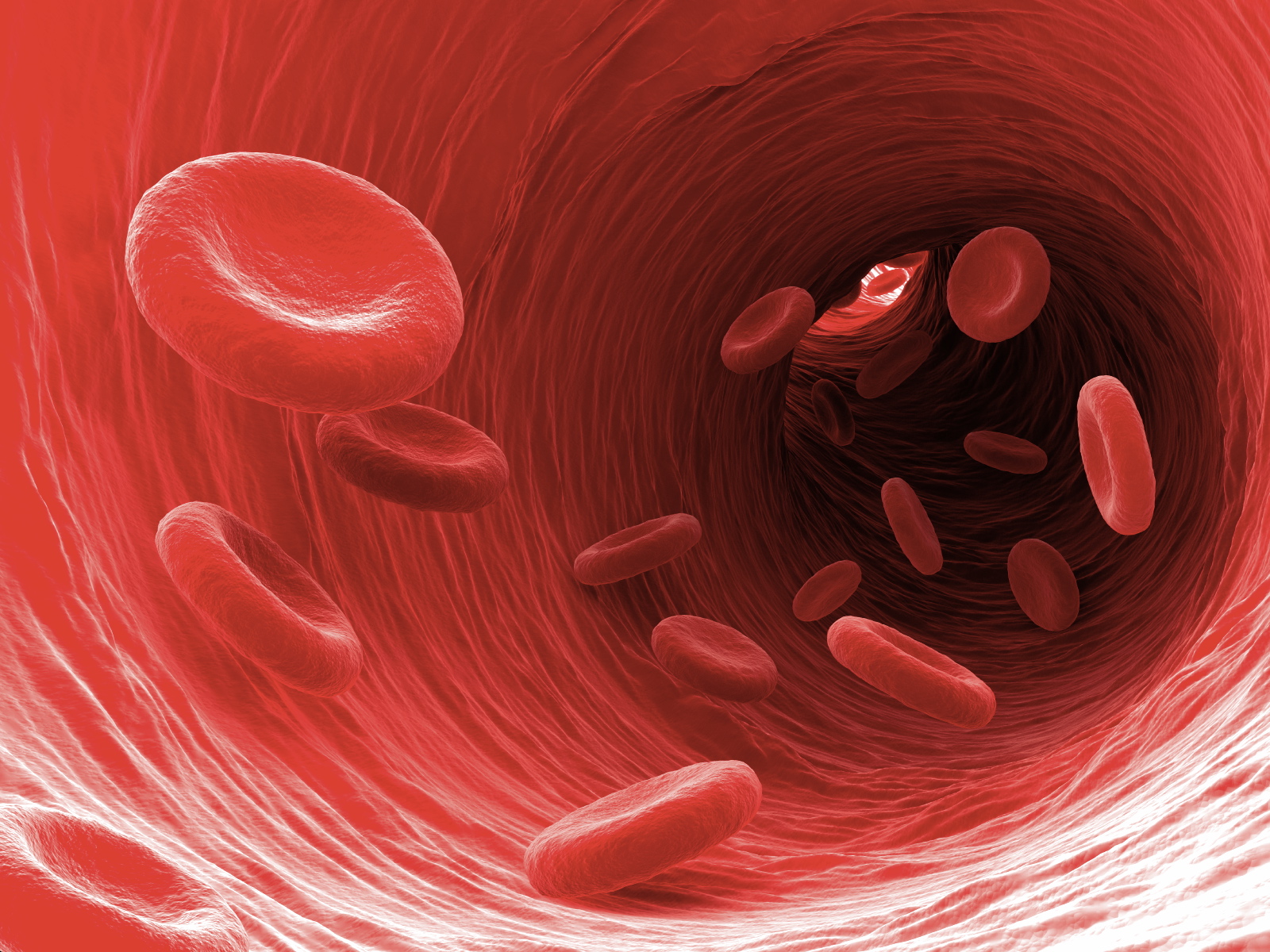
Although pieces of heart tissue have previously been bioprinted, scientists have now succeeded in creating the world’s first 3D-printed vascularized heart to be made from a patient’s own biological materials. It’s an accomplishment that could pave the way for custom made-to-order replacement organs.
Led by Prof. Tal Dvir, a team at Israel’s Tel Aviv University started by taking a fat sample from a volunteer. That fat was then separated into its cellular and non-cellular materials. The cells were subsequently programmed to become pluripotent stem cells, which are capable of differentiating into any type of body cell. Meanwhile, the extracellular matrix (the non-cellular material, which consists largely of collagen and glycoproteins) was made into a hydrogel.
Next, the stem cells were mixed into batches of the gel, after which they were prompted to differentiate into either cardiac or endothelial cells, the latter being cells that line the interior surface of blood vessels.
This resulted in two types of “bio-ink” that were then extruded from the nozzle of a 3D bioprinter and into an alginate/xanthan gum supporting medium. Building up biological tissue layer by layer, this approach was first used to make patches of cardiac tissue, after which the complete heart was made.
Although the bioprinted organ is only about the size of a rabbit heart, it has all the same chambers and blood vessels as a full-size human heart, which Dvir says could be created utilizing the same process. Because such organs would be made from the patient’s own biological materials, rejection by the immune system shouldn’t be a problem. Additionally, and very importantly, patients wouldn’t need to wait for donor hearts to become available.
Before that point is reached, however, more work needs to be done.
“We need to develop the printed heart further,” says Dvir. “The cells need to form a pumping ability; they can currently contract, but we need them to work together. Our hope is that we will succeed and prove our method’s efficacy and usefulness … Maybe, in 10 years, there will be organ printers in the finest hospitals around the world, and these procedures will be conducted routinely.”
